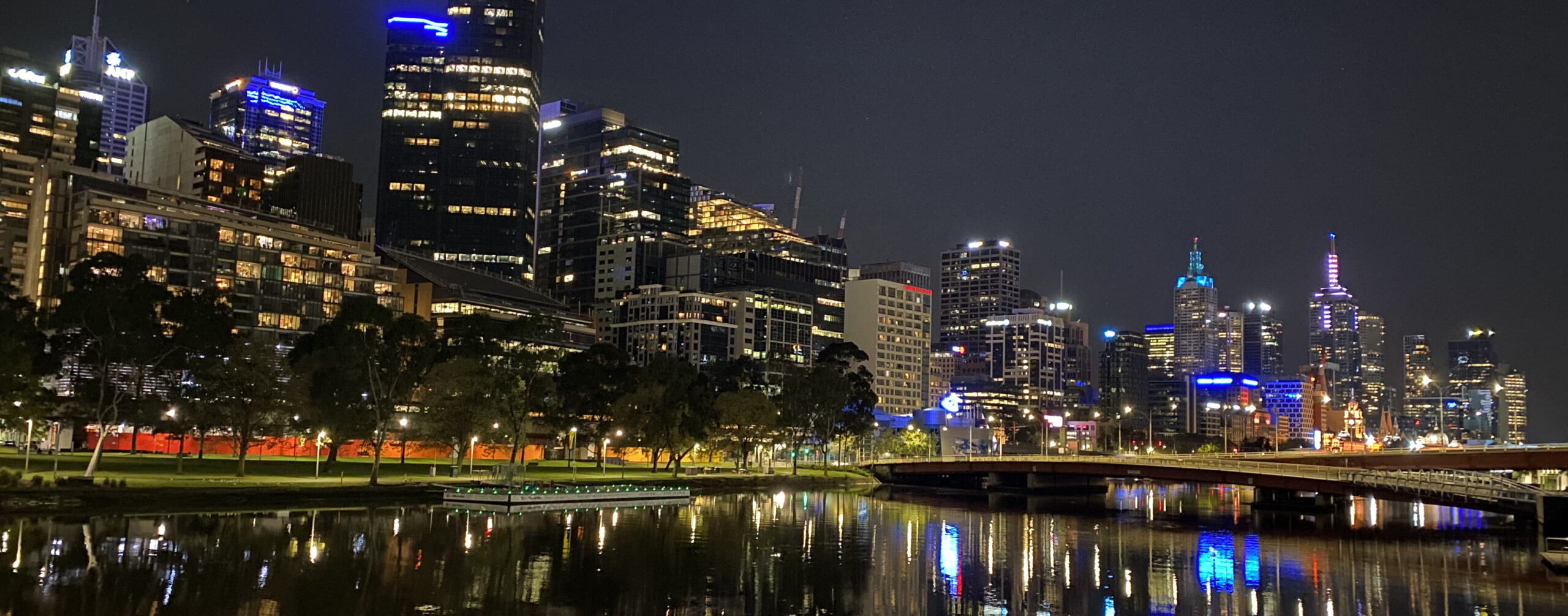The distribution of safe and effective vaccines, particularly the Pfizer / BioNTech mRNA-based vaccine in the Western World, is a very welcome achievement in the current climate. Following initial doses in the UK last week, distribution in the US and Canada is literally happening as we speak.
This is a critical time in the US where it is estimated that already 1/5 of the population has been infected with COVID-19.
COVID-19 cases are surging around world with European countries experiencing the “second wave”, and other countries are in the “third wave” of infections. It is evident, that the second wave is more severe than the first wave. Even countries, such as Greece, which were exemplary in the way they handled the first wave (Lockdown 1.0), are now struggling in Lockdown 2.0.
Similarly, in countries such as Japan and the US, the third COVID-19 wave is more severe the both the first and second waves. Prior, to the Thanksgiving holiday, I incorrectly assumed mitigation strategies will come into play in the US limiting cases to approximately 14 million and deaths to under 300k by the end of the year. Despite some disparate mitigation strategies, cases are surging and have already surpassed 16 million and deaths are at approximately 300k. Many more mitigation strategies, including door-to-door coronavirus testing in certain hotspots and partial lockdowns are now being implemented, and hopefully, with talks of “cancelling” Christmas, and “Nutcracker tea parties on Zoom” cases can come under some control. However, the lessons learned from the Thanksgiving holiday indicate that unless the effects of the vaccine are rapid, it looks like the administration will have to deal with ~20 million cases and 350k (perhaps closer to 400k), deaths on Inauguration Day, Wednesday, 20 January 2021.
In Melbourne, Australia, we had two waves of the COVID-19 virus, with cases peaking at approximately 700 per day during the second wave in winter. The second wave was largely blamed on ineffective hotel quarantine with inquiries highlighting inadequate contact tracing. Nevertheless, following a strict protracted winter lockdown, which included, complete shutdown apart from essential services, curfews, and 5km travel restrictions, the virus was essentially eliminated from the State with over a month of zero new cases and zero deaths.
The city and state are now essentially open, and minimal restrictions are imposed. To stimulate the economy, there are numerous incentives including tens of thousands of tourism vouchers of $200 encouraging travel to regional parts of the state. A two-way travel bubble with New Zealand will also be implemented. Essentially, we are operating without fear.
However, international arrivals were allowed in Victoria on 7 December 2020, and it took only a few days for the virus to re-appear in the state with 5, 1, and 1 cases being reported in the last three days. Victorian quarantine hotels are now starting to be considered hotspots and it is reported dozens of returned travellers have symptoms of COVID-19. I think that despite improvements in quarantine management and contact tracing it will be very difficult to contain an 100 nm airborne virus for long, and a third wave is probably inevitable! It will be no-ones fault; it is just the nature of a highly infectious virus that can be passed on from asymptomatic individuals. Like other countries, a third wave will probably be more severe than the first and second especially given that people have now relaxed after the brutal lockdown 2.0. Thankfully, the Australian government has essentially pre-ordered vaccine to cover the entire population, and by rough estimates should be available by Easter 2021; hopefully we can contain the virus until then.
Until next time … Tranquilo Polymaths.

